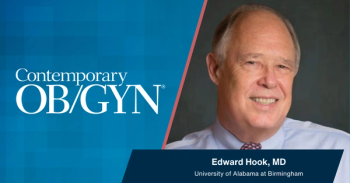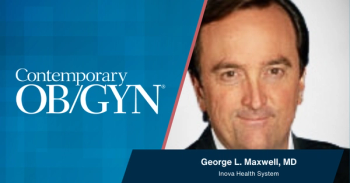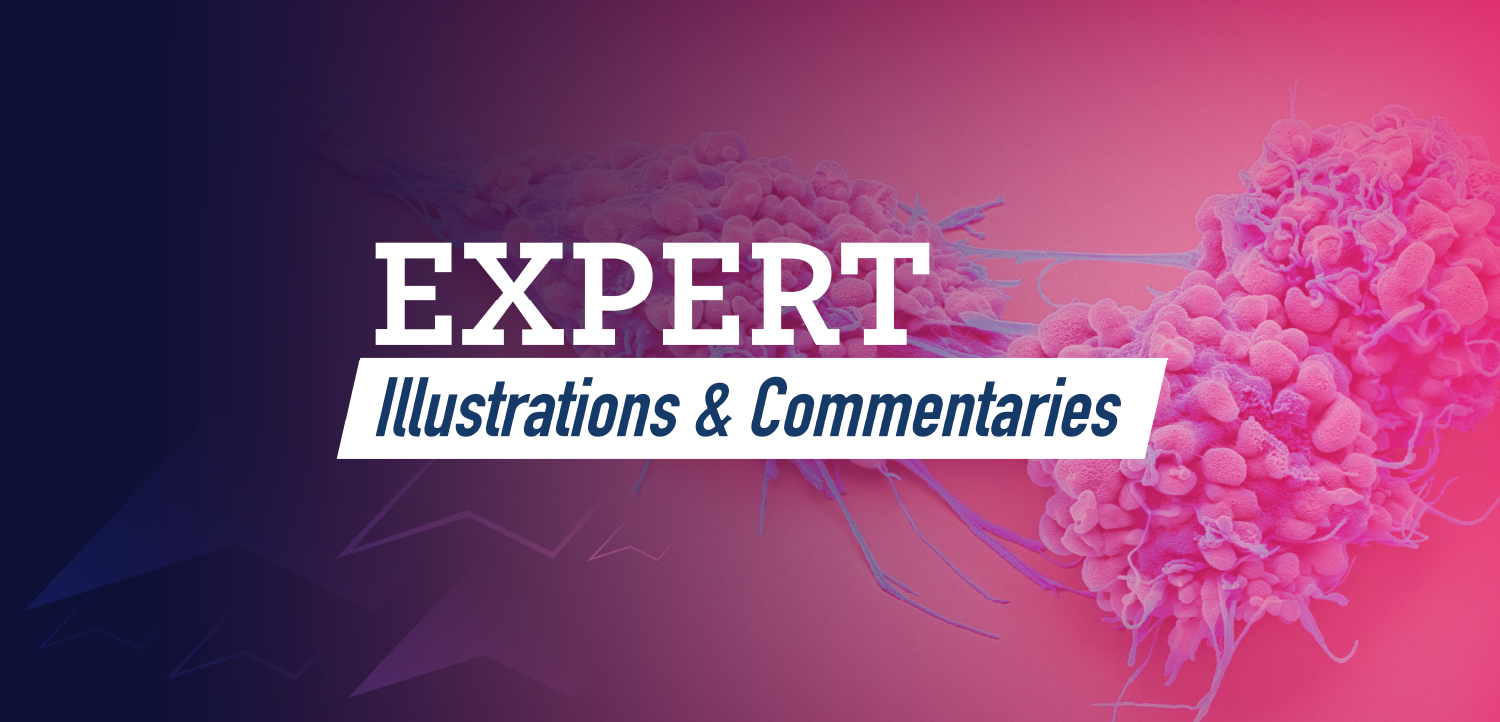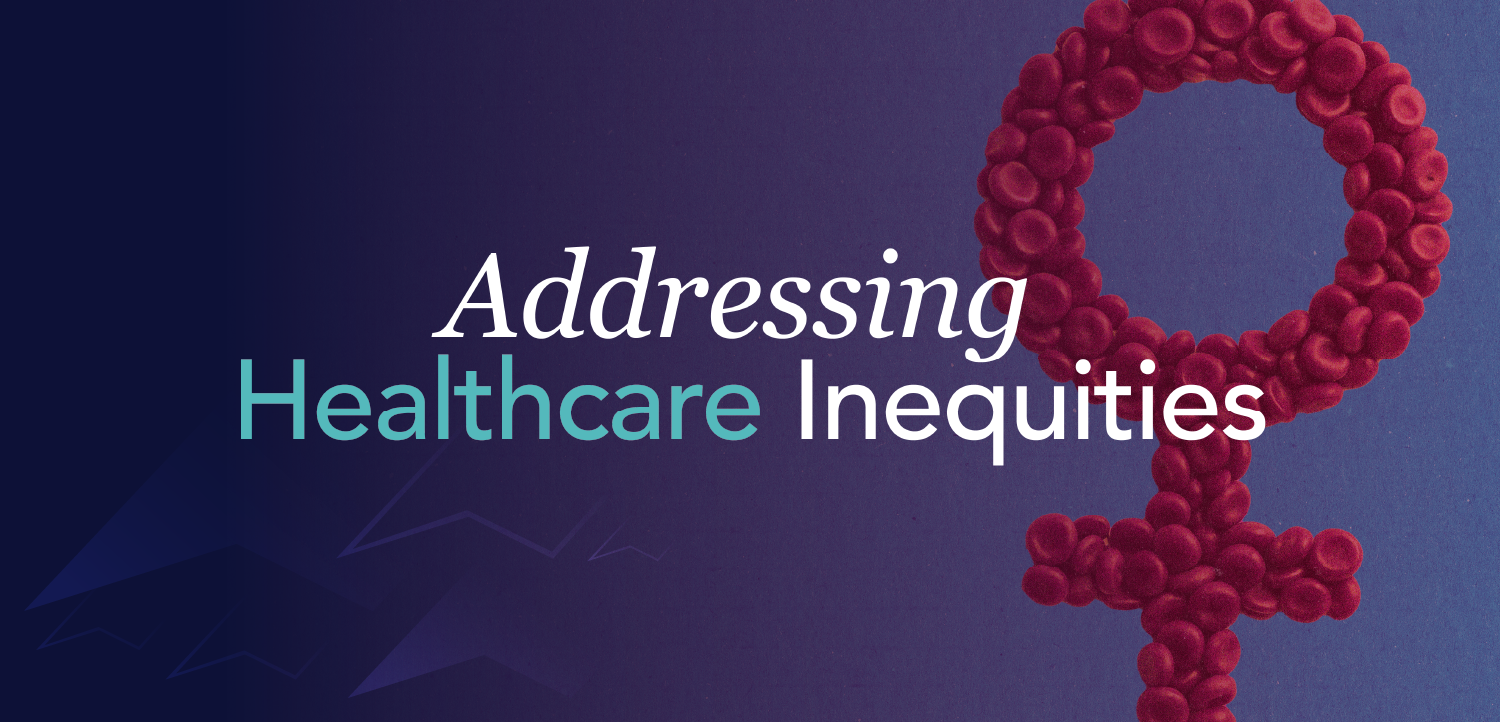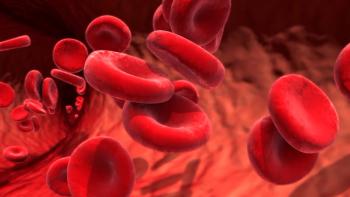
Women’s vs men's sexual health treatments
Rachel Rubin, MD, an assistant clinical professor in urology at Georgetown University and a urologic surgeon, discusses how hypoactive sexual desire disorder in women was defined and treated historically.
Our sister publication, Pharmacy Times, interviewed Rachel Rubin, MD, an assistant clinical professor in urology at Georgetown University, a urologic surgeon who specializes in the treatment of sexual dysfunction in both men and women, and one of only a handful of physicians trained in both female and male sexual medicine, on hypoactive sexual desire disorder (HSDD) and the current treatments available for this medical condition.
Alana Hippensteele: How was HSDD defined and treated and are any of those same practices still around today?
Rachel Rubin: So HSDD has been around. Well, I mean, let's be real—low libido's probably been around since libidos were a thing. It was defined as a medical condition by Helen Singer Kaplan, who is a really wonderful figure, many decades ago.
So this idea that women's sexual health is all psychosocial has really taken on in the world, and like everything, can be cured with sex therapy and reading 50 Shades of Gray or having a glass of wine, whereas men's sexual health has really gone forward in the biological realm, and everything's about testosterone and blood flow and nitric oxide and all of that. And it's a real problem because we are all biopsychosocial beings and we must understand that dopamine and norepinephrine and serotonin all play a role in HSDD.
So, we can all understand as pharmacists—you understand more than most—that antidepressants can have sexual side effects. People who take antidepressants can get delayed orgasm or decreased libido or problems with erectile function or arousal disorders, so why couldn't there be a medication that can do the opposite, that could boost dopamine in the brain. And of course there can, and of course there are. We have 2 FDA-approved options for improving dopamine in the brain, which can and have been shown in randomized clinical control trials to improve libido.
Newsletter
Get the latest clinical updates, case studies, and expert commentary in obstetric and gynecologic care. Sign up now to stay informed.

